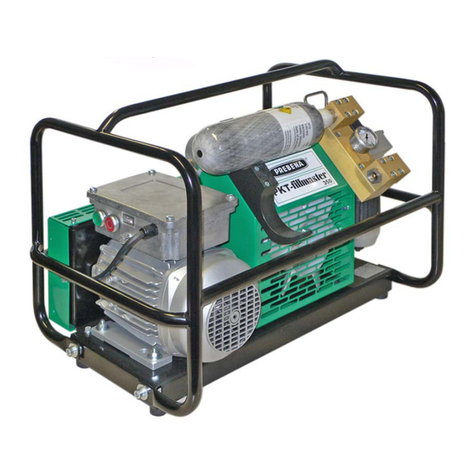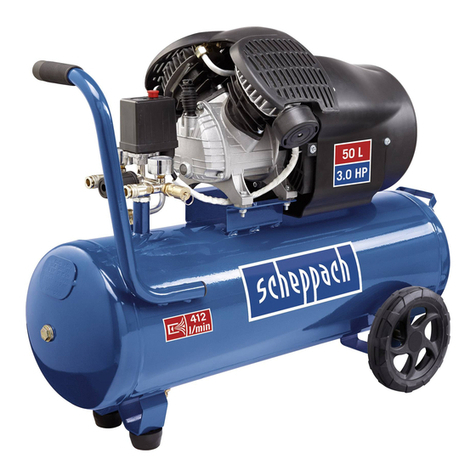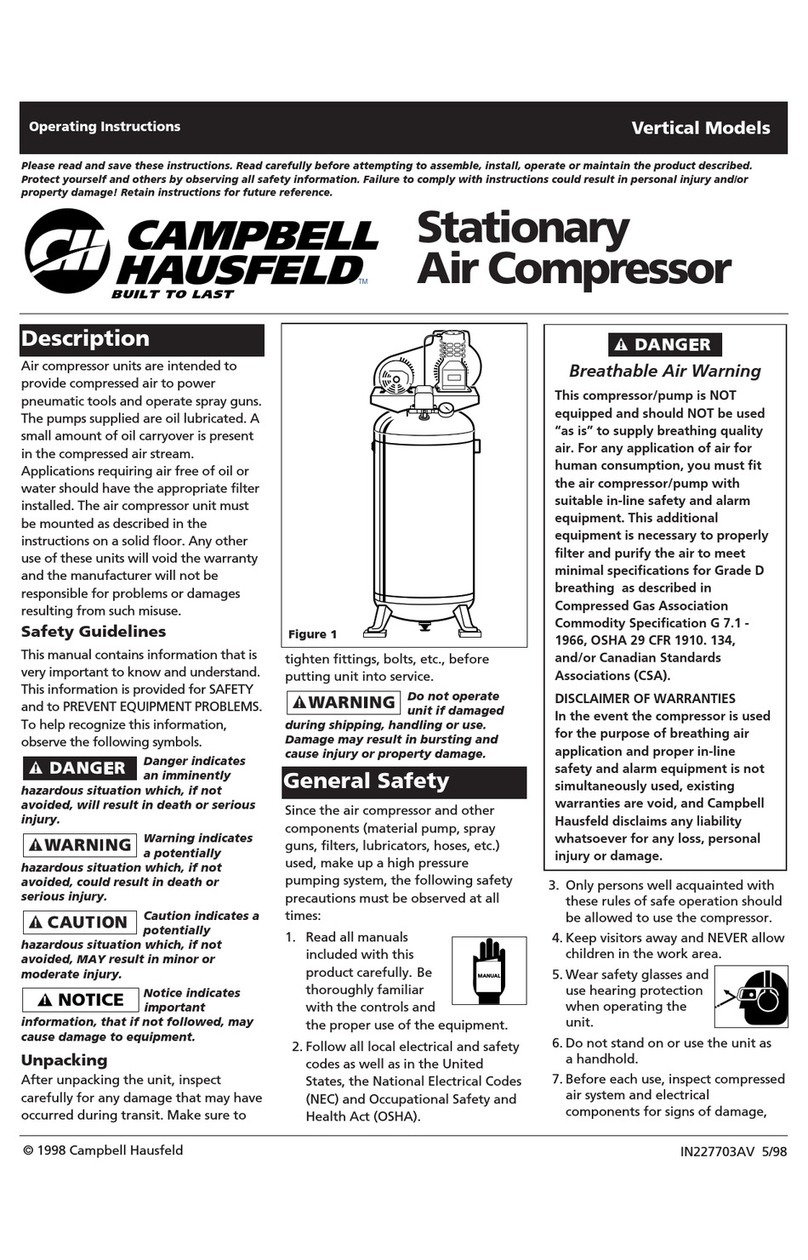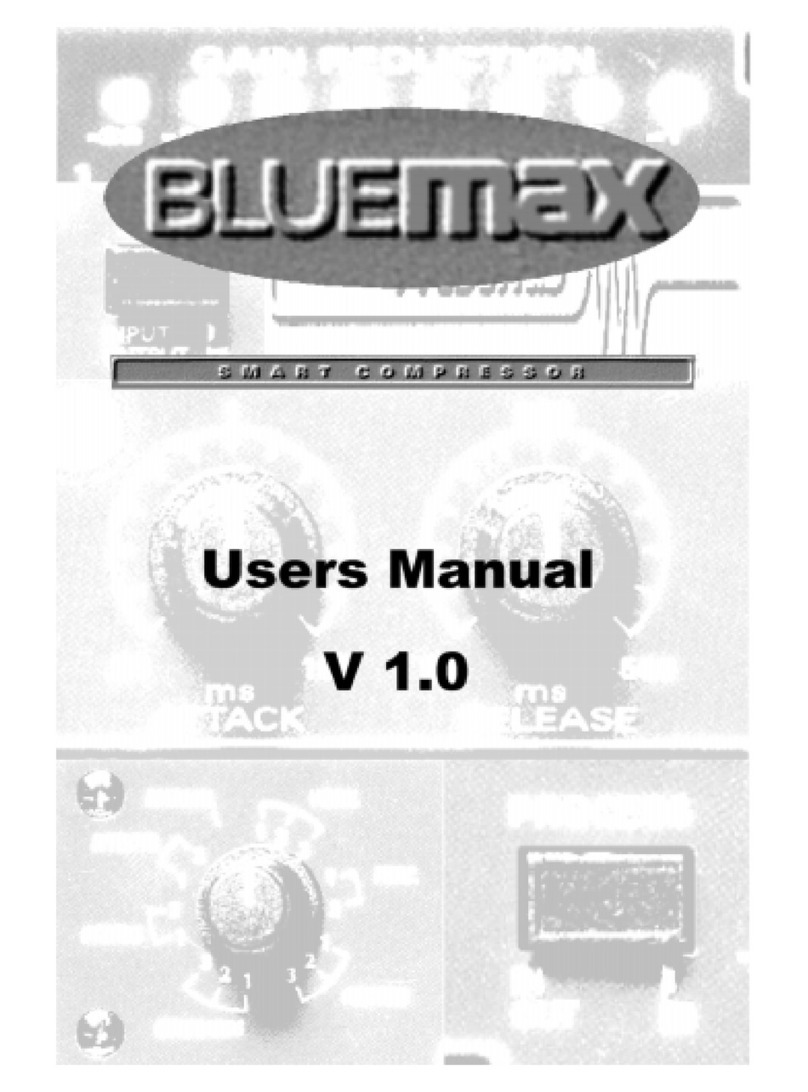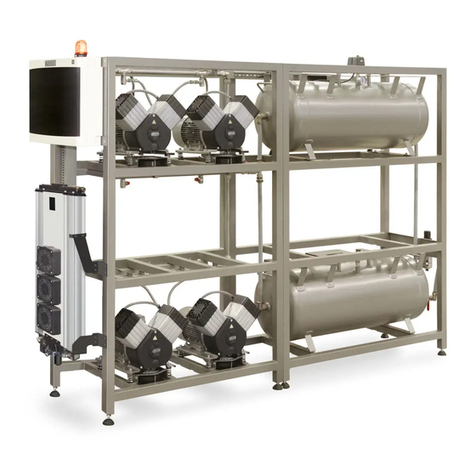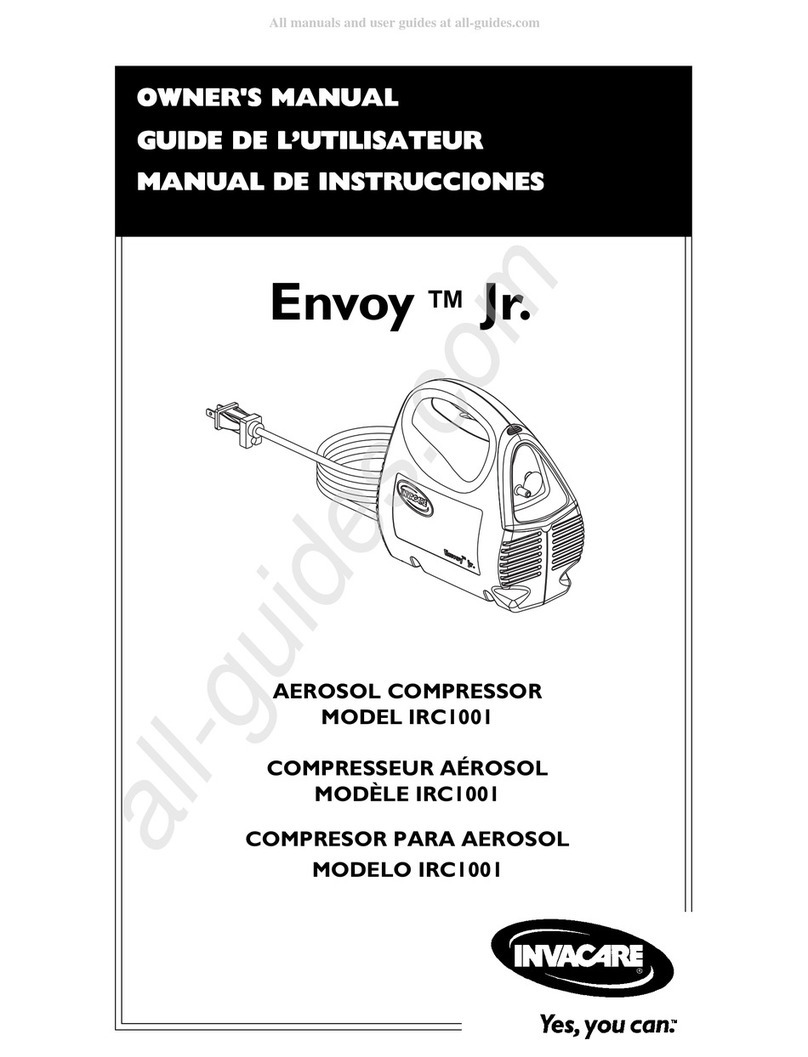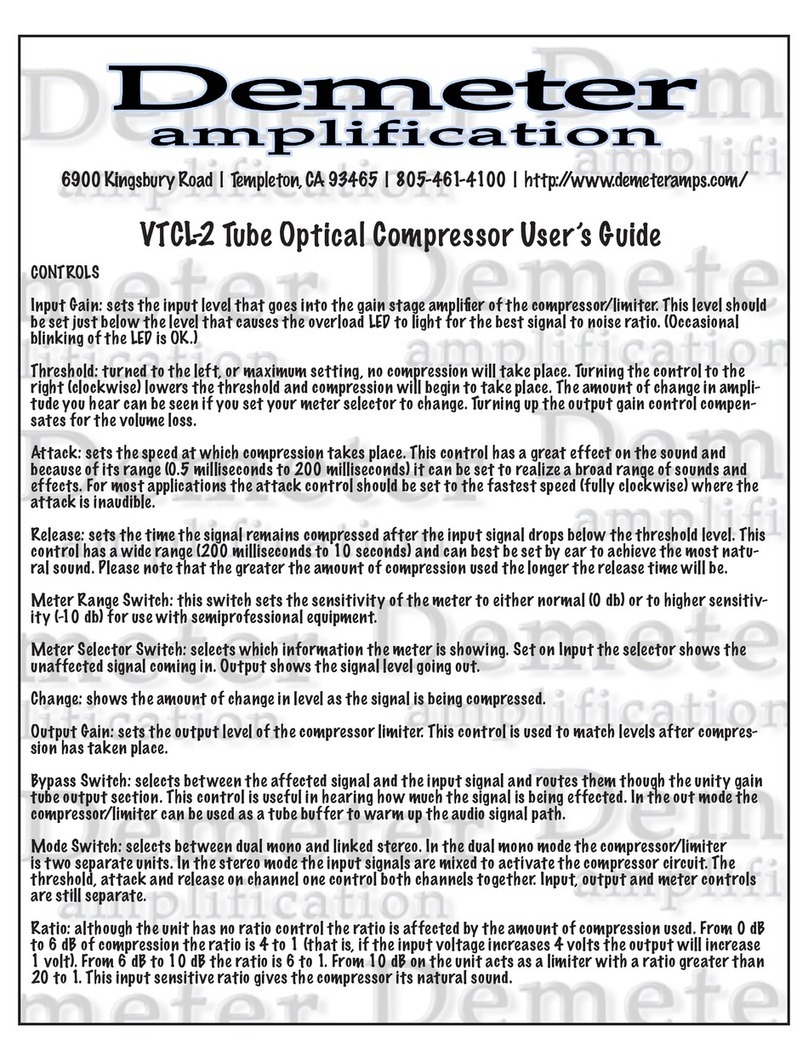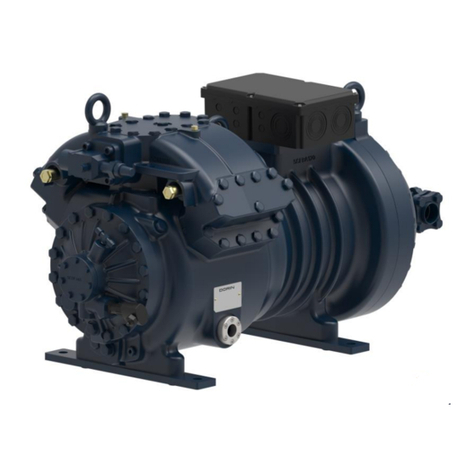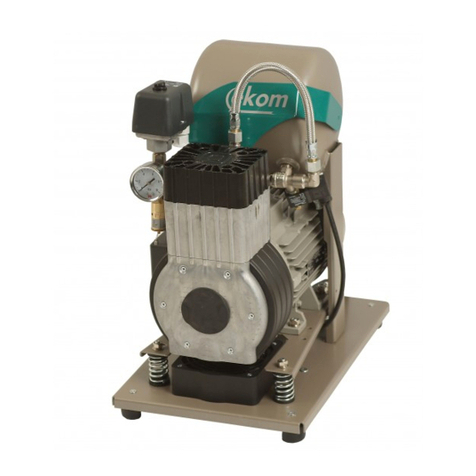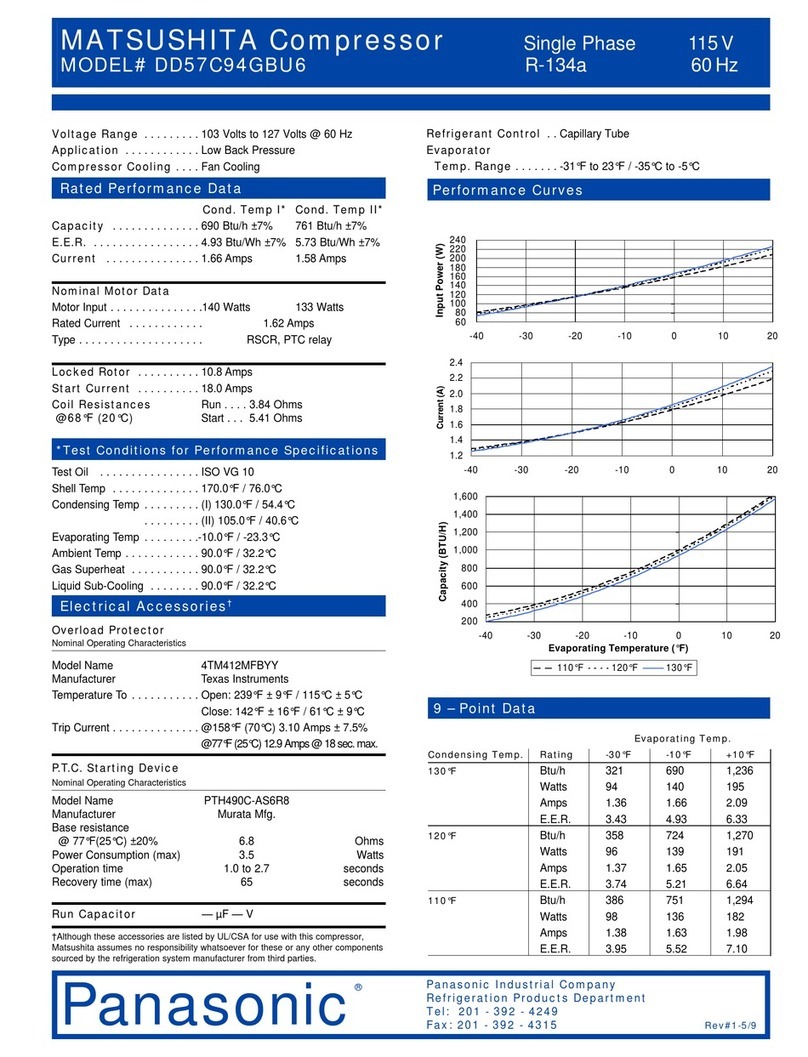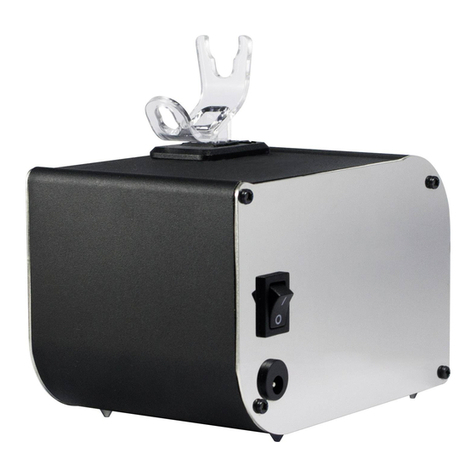
OFFICINE MARIO DORIN S.p.A.
2
Sicurezza
Safety
Sicherheit
INFORMAZIONI SUL PRESENTE
DOCUMENTO
Si raccoma da di leggere
atte tame te il co te uto di
queste istruzio i e co servarle
i prossimità del
compressore.
Si raccomanda inoltre di
mantenere una copia delle
presenti istruzioni presso gli
uffici tecnici dell’impresa
utilizzatrice.
Per qualsiasi intervento si
voglia effettuare sul
compressore, consultare
sempre il presente
documento, attenendosi
strettamente alle indicazioni
in esso contenute; per tutto
ciò non espressamente citato,
prima di intervenire,
contattare sempre il
costruttore.
Il costruttore decli a og i
respo sabilità per da i
causati a perso e o cose
dovuti alla ma cata
osserva za delle avverte ze
co te ute i questo ma uale.
Le Officine Mario Dorin. si
riservano il diritto di
aggiornare questa
pu licazione in qualunque
momento o apportare
modifiche a componenti
dell’unità se questo viene
ritenuto necessario per
esigenze costruttive o
commerciali.
E’ vietata la riproduzione
parziale o totale di queste
istruzioni senza l’autorizzazione
scritta delle Officine Mario
Dorin S.p.A.
Queste istruzioni non possono
contenere tutte le avvertenze
e precauzioni in grado di
coprire i rischi derivanti da
qualsiasi eventualità; deve
essere tenuto presente che
prudenza, attenzione, uon
senso, sono fattori che il
personale che effettua
l’installazione, la
INFORMATION ON THIS DOCUMENT
We recomme d to read
carefully the co te t of these
i structio s a d to keep them
ear the compressor.
We also recommend to keep
a copy of these instructions at
the technical divisions of the
user enterprise
For any intervention you want
to execute on the
compressor, look it up always
in this document strictly
following the indications it
provides; for anything which is
not expressly mentioned,
contact always the
manufacturer efore
intervening
The ma ufacturer refuses all
respo sability for the
damages caused to people
or to thi gs because of the
o -co formity with the
i structio s this ha dbook
provides.
Officine Mario Dorin S.p.A.
reserves the right to update
this pu lication at any time or
to change the components
of this unit if this is considered
as necessary for
manufacturing or
commercial needs.
The partial or total
reproduction of these
instructions is for idden
without the written
authorization y Officine
Mario Dorin S.p.A.
These instructions cannot
include all the instructions
and the precautions a le to
cover the risks resulting from
any event; you have to ear
in mind that caution, care
and common sense are
factors that the staff, who
executes the installation, the
BEZÜGLICH DIESER
A
NLEITUNG
Wir empfehle diese A leitu g
sorgfältig durchzulese u d sie
i der Nähe des Verdichters
aufzubewahre .
E enfalls empfehlen wir eine
Kopie der vorliegenden
Anleitung im technischen Büro
der anwendenden Firma
aufzu ewahren.
Bei jedem Eingriff den Sie am
Verdichter auszuführen
ea sichtigen, ziehen Sie stets
diese Anleitung zu Rate und
folgen Sie strikt den
angege enen Hinweisen; in all
jenen Fällen die hier nicht
ausdrücklich erwähnt sind,
wenden Sie sich vor jeglichem
Eingriff immer an den Hersteller.
Der Hersteller verweigert
jegliche Vera twortu g
bezüglich Schäde a
Me sche oder Gege stä de
die auf ei e Missachtu g der
Hi weise der vorliege de
A leitu g zurückzuführe si d.
Officine Mario Dorin S.p.A
ehält das Recht diese
Anleitung zu jedem elie igen
Zeitpunkt zu aktualisieren oder
Teile der Einheit zu verändern
falls dies aus autechnischen
oder kommerziellen Gründen
als erforderlich erachtet werden
sollte.
Es ist ver oten diese Anleitung
ganz oder teilweise ohne der
schriftlichen Genehmigung von
Officine Mario Dorin S.p.A. zu
reproduzieren.
Diese Anleitung kann nicht alle
Hinweise und
Vorsichtsmaßnahmen enthalten
um jegliche Art von Risiko zu
vermeiden; es ist zu eachten,
dass das für die Installation und
Wartung zuständige Personal in
der Lage sein muss
angemessene Vorsicht,
Aufmerksamkeit und gesunden
